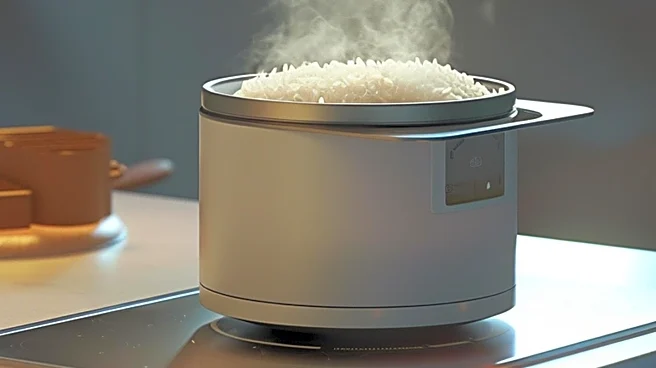What's Happening?
Experts have identified several common household items that may contribute to poor indoor air quality, potentially leading to health issues such as headaches, allergies, and asthma. Items such as gas stoves, HVAC systems, cleaning supplies, wet appliances, candles, and air fresheners can release pollutants into the air. These pollutants can be more concentrated indoors than outdoors, posing a risk to respiratory health. The findings suggest that maintaining good air quality requires awareness and proactive measures, such as using air purifiers and regularly cleaning appliances.
Why It's Important?
Indoor air quality is crucial for health and well-being, as people spend a significant amount of time indoors. Poor air quality can exacerbate respiratory conditions and lead to long-term health problems. Understanding the sources of indoor pollution can help individuals make informed choices about household products and practices, potentially reducing health risks. The findings also highlight the need for better ventilation and air purification solutions in homes.
What's Next?
Homeowners may consider investing in air quality monitors to track pollution levels and identify sources. There may be increased demand for products that improve air quality, such as high-efficiency HVAC filters and natural cleaning solutions. Public awareness campaigns could educate consumers on the importance of indoor air quality and how to maintain it.
Beyond the Headlines
The issue of indoor air quality raises broader questions about consumer safety and the regulation of household products. It also highlights the need for innovation in home design and technology to create healthier living environments.










